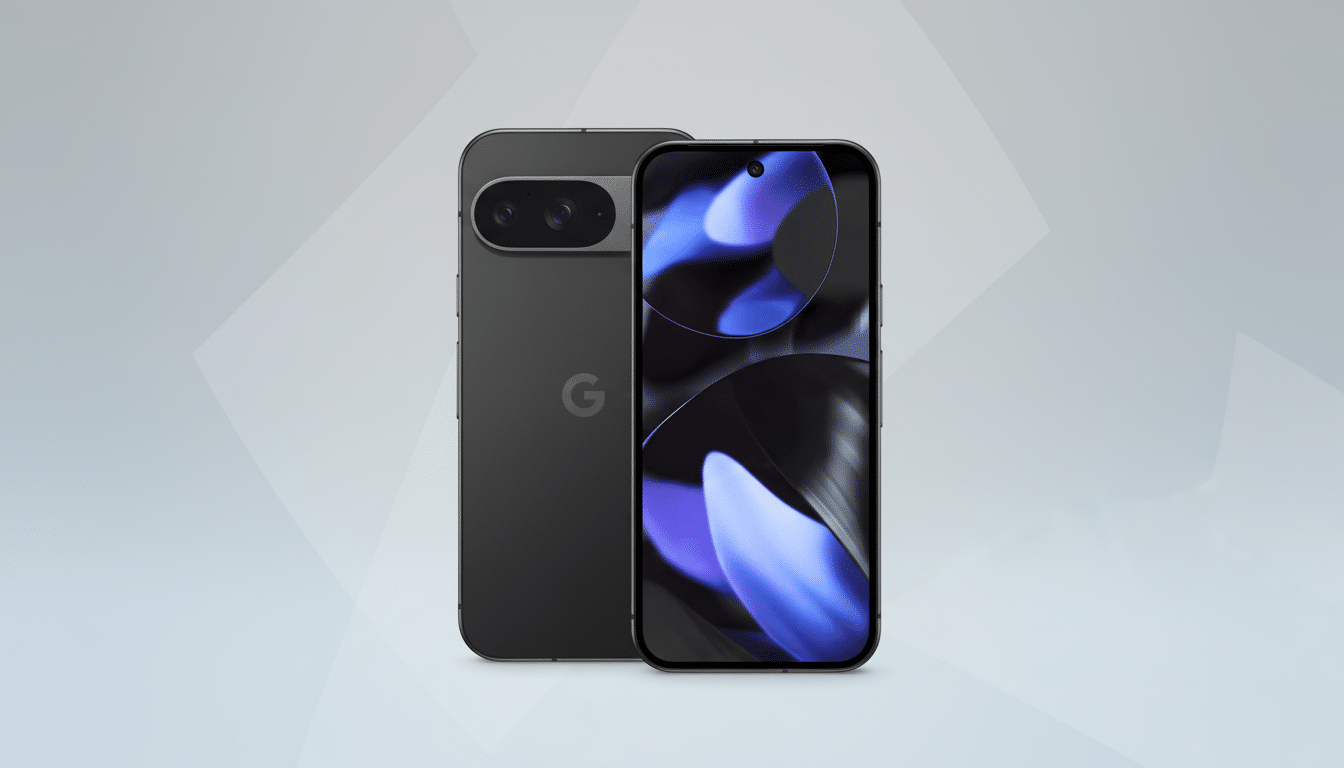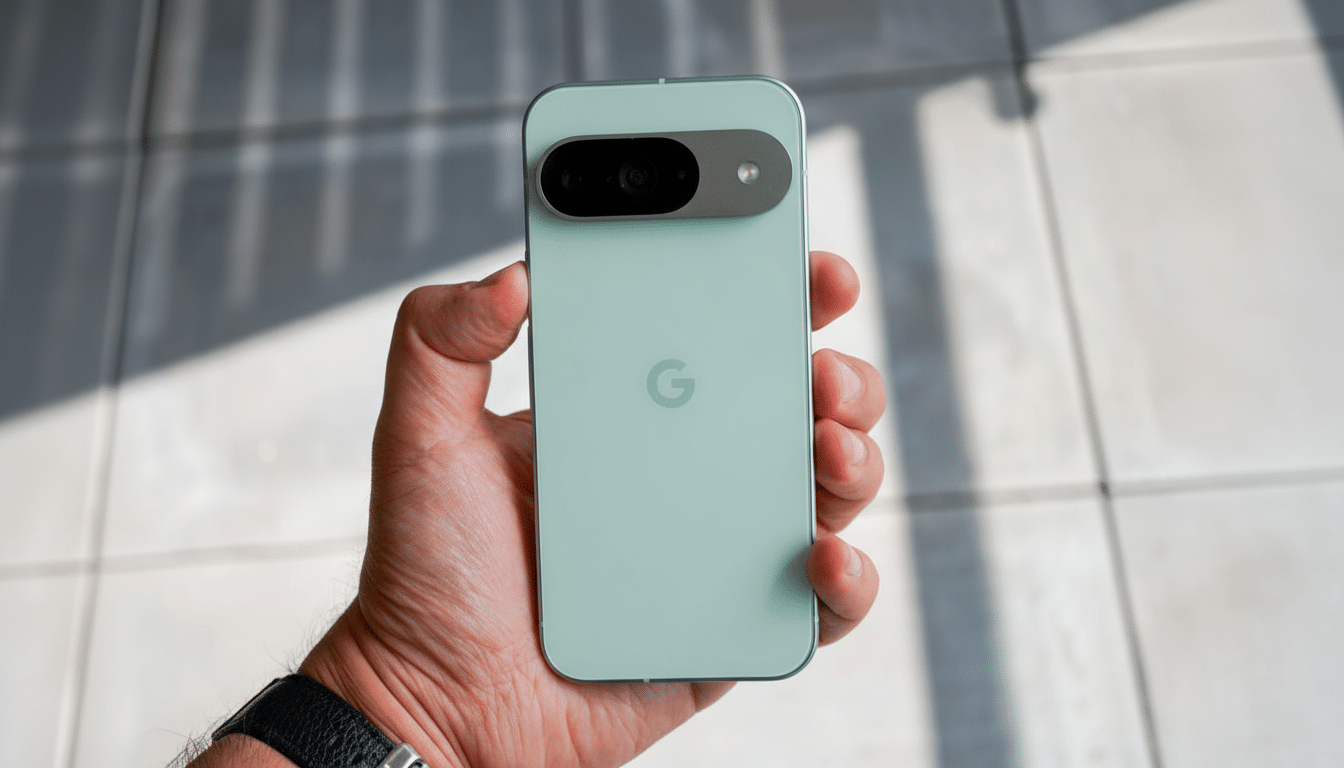Google is working on a substantial overhaul of the way Pixel phones approach alerts, using machine learning to quieten constant buzz. The duo of new features, Notification Organizer and Notification Summaries, is making its way to Pixel 9 phones (and newer), save for the Pixel 9a, and claims to deliver fewer pings, more intelligent bundles, and faster context with app toasts.
What Pixel AI Is Doing Differently With Notifications
Notification Organizer sorts incoming alerts into different categories such as Promotions, News, Social and Suggested, and dims down less-critical ones to let urgent messages rise to the surface. The kicker here is that Pixel AI sorts the information on device — so it has to parse the content of notifications in order to discern what’s important and where it should go.
- What Pixel AI Is Doing Differently With Notifications
- Why It Matters to Overwhelmed Users and Busy Days
- Privacy and Control Are in the Spotlight for Pixel AI
- Accuracy and Edge Cases for Critical Notifications
- Who Gets It and What Pixel Users Will Experience
- Bottom line: what Google’s AI notification revamp means

Next to it, Notification Summaries group up long chats and multi-message threads into an on-request bundle. It’s a group chat reduced to an instant, easily readable line you can act on, with the full thread just a tap away. The aim, in other words: less noise, more signal and less micro-interruptions in the day.
Why It Matters to Overwhelmed Users and Busy Days
Smartphone overload is real. Deloitte’s Global Mobile Consumer Survey has repeatedly discovered that people check their phones dozens of times a day, often due to notifications. Research from UC Irvine’s Gloria Mark, meanwhile, indicates interruptions can exact a measurable cost — that focus takes more than 20 minutes to recover after an interruption. That’s a productivity and well-being problem as much as it is a UX issue.
Other platforms have taken a more soothing approach. Apple has its Scheduled Summary, which bundles non-urgent notifications for delivery at a specific time, and Android has long had something similar through Notification Channels, groups and conversation priorities. But the new Pixel approach at Google takes that a step further by classifying content on the fly and summarizing it on device, with the goal of cutting down on taps and mental load in real time.
Privacy and Control Are in the Spotlight for Pixel AI
On-device AI is the headline reassurance. To process alerts on device, the content being notified should not have to leave the phone to be classified or summarized. Google has previously placed features like Now Playing and Live Caption inside Android’s Private Compute Core, and users will want to see similar protections here: obvious prompts, per-app controls and a simple off switch.
Still, confidence will depend on transparency. Users will wish to view why an alert was bundled, a way to flag something as “always urgent,” and a fast option for unbundling threads that are important. “Explain why” cards, audit histories for misfiled alerts and a one-tap undo would help to make AI feel assistive rather than intrusive.

Accuracy and Edge Cases for Critical Notifications
Mistakes are inevitable. An “arriving now” ride-share driver never should be buried in Promotions. Single-use passcodes, medical updates, flight changes and bank alerts can’t be relegated to the back burner. Android already has priority conversation categories and time-sensitive channels; the new AI layer has to respect those flags and adapt quickly when users correct it.
Expect Google to rely on feedback loops: fix a misclassification and the system should learn. A visible “critical” path for OTPs and travel alerts, plus per-app exceptions, can help minimize risk. Like spam filters, the yardstick for success isn’t perfection so much as net benefit: fewer interruptions without obscuring what’s important.
Who Gets It and What Pixel Users Will Experience
The rollout is gradually expanding to Pixel 9 models or newer, not including the Pixel 9a, in keeping with Google’s approach lately of binding AI features to the latest hardware. How well (or if at all) such capabilities will be enabled on older Pixels largely comes down to model performance and the memory required for real-time classification and summarization.
If history is any guide, look for incremental tuning, particularly through Feature Drops. But its defaults will be shaped by early adopters — how aggressive alert bundling is, when summaries show up and which apps are exempt. Join the Network World communities on Facebook and LinkedIn to comment on topics that are top of mind. Explicit labeling that says “on-device” processing should go a long way towards calming privacy-weary users’ fears.
Bottom line: what Google’s AI notification revamp means
Pixel’s AI-empowered notification revamp is trying to address one of modern computing’s most entrenched pain points. The pitch is seductive: less ding, more thoughtful context and a calmer lock screen. The downside is that you are allowing on-device AI to read your notifications to bring you those benefits.
If Google marries these strong privacy promises with granular control and quick learning from user feedback, this could easily be the most meaningful Android notification upgrade in years. Otherwise it runs the danger of simply being another layer of noise. For now, the question is straightforward: Can you trust Pixel AI to curate your most personal stream of information?

